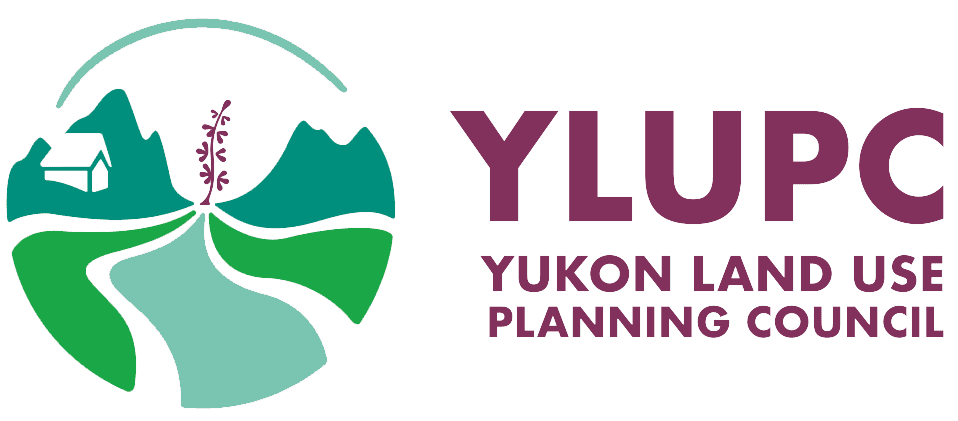Melanie Harding, MCRP. – Senior Community Planner, Nishnawbe Aski Development Fund
First Nations in Nishnawbe Aski Nation are re-visioning and re-defining what community planning means to them. Through defining their own process and ultimately connecting to their traditional laws and practices, community planning is being used as a tool to enable First Nations to dream. Despite the immense challenges in these northern communities and in spite of the provincial Far North Act (FNA, 2010) which continues to dispossess these remote communities from their traditional territory, Anishnaabe cultural practices of planning endure and strengthen.
This session will explore the implications of the FNA on planning and development in remote First Nations communities. Through the FNA, land-use planning is used as a means of disconnecting communities from their land through the creation of parks and other measures such as provincial veto of the land-use plans and the prevention of any modern development on their traditional territory until the land-use planning process is undertaken. This Act is seen as an additional way that planning has been used to control First Nations communities.
However – some communities are finding ways to connect conventional planning with their traditional values. Stories of processes that honour the Anishinaabe teachings of the Seven Grandfathers (Wisdom, Love, Respect, Bravery, Honesty, Humility, and Truth) will be shared. Building on the success of Comprehensive Community Planning, NAN First Nations are reclaiming planning to improve their communities, protect precious lands and waters, celebrate traditions and culture, and promote healing and reconciliation. These processes recognize the interconnected nature of our world, and honour Creation through a community-led process that is grounded in Anishinaabe culture and traditions.
